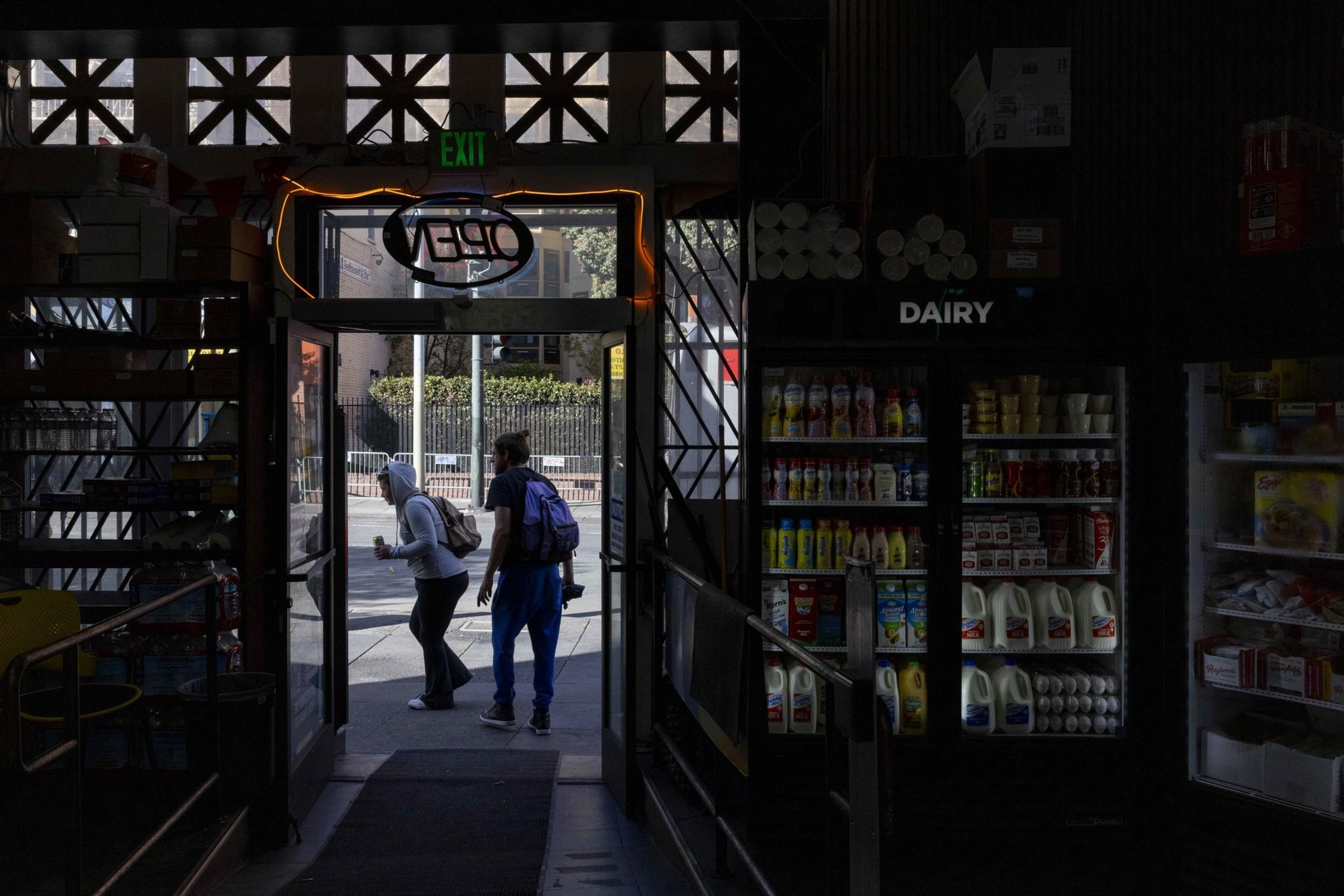Supervisor Matt Dorsey plans to introduce legislation to expand the curfew on Tenderloin corner stores to SoMa. His argument for the strategy’s effectiveness is bolstered by a new study from Italian criminology researchers who found that the Tenderloin curfew reduced drug-related crime by 56% in its first nine months.
Since August 2024, the city has ordered certain stores within a 20-block area to close by midnight or face steep fines. Researchers from the University of Sassari analyzed San Francisco Police Department data from the first nine months of the curfew in a study (opens in new tab) published Nov. 15 in the peer-reviewed Security Journal. The preliminary findings: Drug crime in the area is down more than 50%, without significant impacts on surrounding neighborhoods.
Dorsey plans to introduce legislation establishing a similar program in District 6, which includes the Sixth Street drug market. His staff met with merchants this month to solicit feedback.
“In a way, we are punishing businesses for things that are the city’s fault, the city’s responsibility,” Dorsey said. “But I do think this is something that will help.”
While he’s not yet ready to share details or a map of the affected area, Dorsey said he will propose an 18-month pilot program that would apply the curfew to convenience stores but not to bars or restaurants.
Mirko Nazzari, a political science postdoc at the Sardinian university, said he was inspired to study San Francisco after attending the American Society of Criminology’s annual conference in the city.
“The United States really provides detail and open-access data on crime,” Nazzari said. “This is not so common in Europe. So if you come to Italy, we cannot really analyze policies on this level.”
Nazzari said he was aware of the Tenderloin — notorious for its homelessness and drug crises — before traveling to San Francisco.
“The Tenderloin has its own history,” he said. “There are systemic dynamics at play that, most times, are addressed with visible, short-term interventions.”
The curfew program, designed as a two-year pilot, is one such intervention. And while it doesn’t get to the root of the neighborhood’s ills, it does appear to have lessened the late-night drug use and dealing that occurred outside of delis and smoke shops.
Some Tenderloin store owners say they have seen a drop in sales since the curfew took effect. Neighborhood Business Alliance executive Miriam Zouzounis described the curfew at the time as “collective punishment.”
“They just moved to other areas,” Zouzounis said Monday of drug dealers and their customers.
It’s a familiar criticism of crime policy in the Tenderloin: squeezing the balloon simply shuffles drug activity to other neighborhoods, like SoMa and the Mission. But Nazzari and his colleagues tested for this and found that drug-related crime in neighboring areas during curfew hours had not increased. (They did find preliminary evidence of displacement to SoMa during non-curfew hours.)
Zouzounis also said the study’s findings don’t match what she sees on the street. Granted, she isn’t often out between midnight and 5 a.m., but still sees dense clusters of people standing on sidewalks in front of neighborhood shops when she is.
“We have a lot of businesses who want to be working with the city to improve conditions. People can point to the neighborhood improving in some ways,” she said. “But I haven’t seen it.”
Fadhl Radman, who owns Radman’s Produce Market on Turk Street, said conditions haven’t changed. He added that he didn’t know the curfew was designed to address drug activity; he thought it was meant to put pressure on “businesses that don’t play by the rules.”
“Drug users continue to populate and dirty the sidewalks which have become their sleeping and defecating grounds,” Radman said.
While business impacts were not part of the University of Sassari study, Nazzari said they are important to consider.
“We have achieved a specific result, but at what cost?” he said. “That’s the case for further and future evaluations.”
